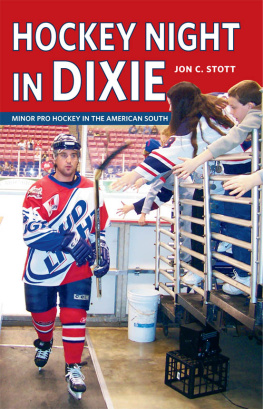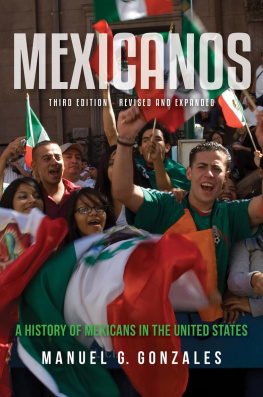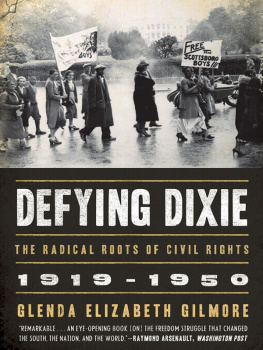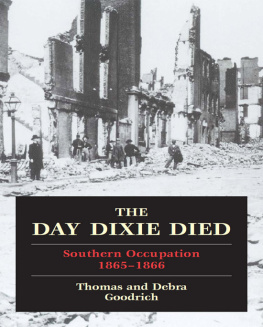Julie M. Weise - Corazón de Dixie Mexicanos in the U.S. South since 1910
Here you can read online Julie M. Weise - Corazón de Dixie Mexicanos in the U.S. South since 1910 full text of the book (entire story) in english for free. Download pdf and epub, get meaning, cover and reviews about this ebook. City: Chapel Hill, year: 2015, publisher: The University of North Carolina Press, genre: Politics. Description of the work, (preface) as well as reviews are available. Best literature library LitArk.com created for fans of good reading and offers a wide selection of genres:
Romance novel
Science fiction
Adventure
Detective
Science
History
Home and family
Prose
Art
Politics
Computer
Non-fiction
Religion
Business
Children
Humor
Choose a favorite category and find really read worthwhile books. Enjoy immersion in the world of imagination, feel the emotions of the characters or learn something new for yourself, make an fascinating discovery.

- Book:Corazón de Dixie Mexicanos in the U.S. South since 1910
- Author:
- Publisher:The University of North Carolina Press
- Genre:
- Year:2015
- City:Chapel Hill
- Rating:3 / 5
- Favourites:Add to favourites
- Your mark:
- 60
- 1
- 2
- 3
- 4
- 5
Corazón de Dixie Mexicanos in the U.S. South since 1910: summary, description and annotation
We offer to read an annotation, description, summary or preface (depends on what the author of the book "Corazón de Dixie Mexicanos in the U.S. South since 1910" wrote himself). If you haven't found the necessary information about the book — write in the comments, we will try to find it.
Corazón de Dixie Mexicanos in the U.S. South since 1910 — read online for free the complete book (whole text) full work
Below is the text of the book, divided by pages. System saving the place of the last page read, allows you to conveniently read the book "Corazón de Dixie Mexicanos in the U.S. South since 1910" online for free, without having to search again every time where you left off. Put a bookmark, and you can go to the page where you finished reading at any time.
Font size:
Interval:
Bookmark:
All rights reserved
Manufactured in the United States of America
Designed and set in Arno Pro by Rebecca Evans
Weise, Julie M., author.
Corazn de Dixie : Mexicanos in the U.S. South since 1910 / Julie M. Weise.
pages cm (The David J. Weber series in the new borderlands history)
Includes bibliographical references and index.
ISBN 978-1-4696-2496-9 (pbk : alk. paper)
ISBN 978-1-4696-2497-6 (ebook)
1. MexicansSouthern StatesHistory20th century. 2. Mexican AmericansSouthern StatesHistory20th century. 3. MexicansSouthern StatesHistory21st century. 4. Mexican AmericansSouthern StatesHistory21st century. 5. MexicansSouthern StatesSocial conditions. 6. Mexican AmericansSouthern StatesSocial conditions. 7. Southern StatesRace relationsHistory20th century. I. Title. II. Series: David J. Weber series in the new borderlands history.
F220.M5W45 2015
305.896872073075dc23
2015018768
and for my
mentors, teachers,
and students
Font size:
Interval:
Bookmark:
Similar books «Corazón de Dixie Mexicanos in the U.S. South since 1910»
Look at similar books to Corazón de Dixie Mexicanos in the U.S. South since 1910. We have selected literature similar in name and meaning in the hope of providing readers with more options to find new, interesting, not yet read works.
Discussion, reviews of the book Corazón de Dixie Mexicanos in the U.S. South since 1910 and just readers' own opinions. Leave your comments, write what you think about the work, its meaning or the main characters. Specify what exactly you liked and what you didn't like, and why you think so.





